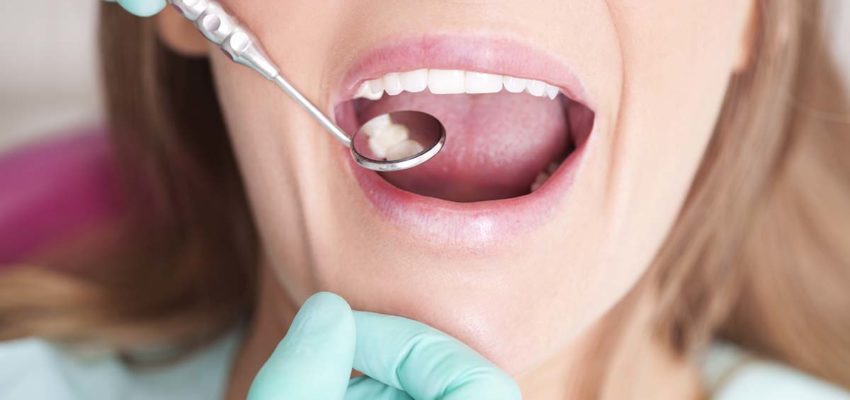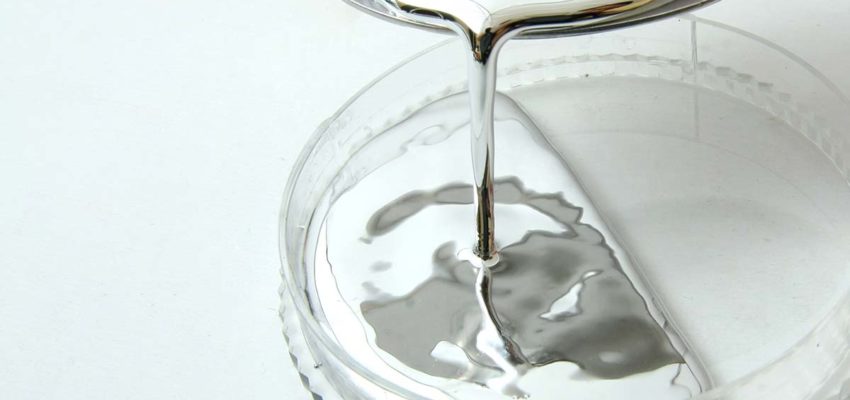Maternal-Foetal Distribution of Mercury

M.J. Vimy, Y. Takahashi and F.L. Lorscheider
Am. J. Physiol. 258 (Regulatory Integrative Comp. Physiol. 27): R939-R945, 1990 – In humans, the continuous release of Hg vapour from dental amalgam tooth restorations is markedly increased for prolonged periods after chewing. The present study establishes a time-course distribution for amalgam Hg in body tissues of adult and foetal sheep. Under general anaesthesia, five pregnant ewes had twelve occlusal amalgam fillings containing radioactive 203 Hg placed in teeth at 112 days gestation. Blood, amniotic fluid, faeces, and urine specimens were collected at 1- to 3-day intervals for 16 days.
From days 16-140 after amalgam placement (16-41 days for foetal lambs), tissue specimens were analysed for radioactivity, and total Hg concentrations were calculated.
Results demonstrate that Hg from dental amalgam will appear in maternal and foetal blood and amniotic fluid within 2 days of placement of amalgam tooth restorations. Excretion of some of this Hg will also commence within 2 days. All tissues examined displayed Hg accumulation. Highest concentrations of Hg from amalgam in the adult occurred in kidney and liver, whereas in the fetus the highest amalgam Hg concentrations appeared in liver and pituitary gland. The placenta progressively concentrated Hg as gestation advanced to term, and milk concentration of amalgam Hg postpartum provides a potential source of Hg exposure to the newborn. It is concluded that accumulation of amalgam Hg progresses in maternal and foetal tissues to a steady state with advancing gestation and is maintained. Dental amalgam usage as a tooth restorative material in pregnant women and children should be reconsidered.
Animal study demonstrates memory loss from amalgam.
Dental amalgam, containing radioactive mercury 203, was placed in 12 molars of 5 pregnant sheep on the 112th day of pregnancy. From 3 days afterwards mercury was evident in maternal and foetal blood and amniotic fluid. By 16 days highest levels in the foetus were found in the pituitary, liver, kidney and placenta. By 33 days (birthtime) foetal tissue levels were higher than in the maternal tissues. Maternal organ levels continued to rise during lactation and there was 8 times more mercury in the milk than in the ewes serum. The researchers concluded that dental amalgam mercury is readily absorbed and is a major source of chronic mercury exposure in humans.
Presented at 2nd meeting of the International Society for Trace Element Research in Humans, 28 Aug. 1989 by Drs. Vimy, Hahn, Kloiber, Takahishi and Lorscheider of the University of Calgary Medical School, Alberta.



